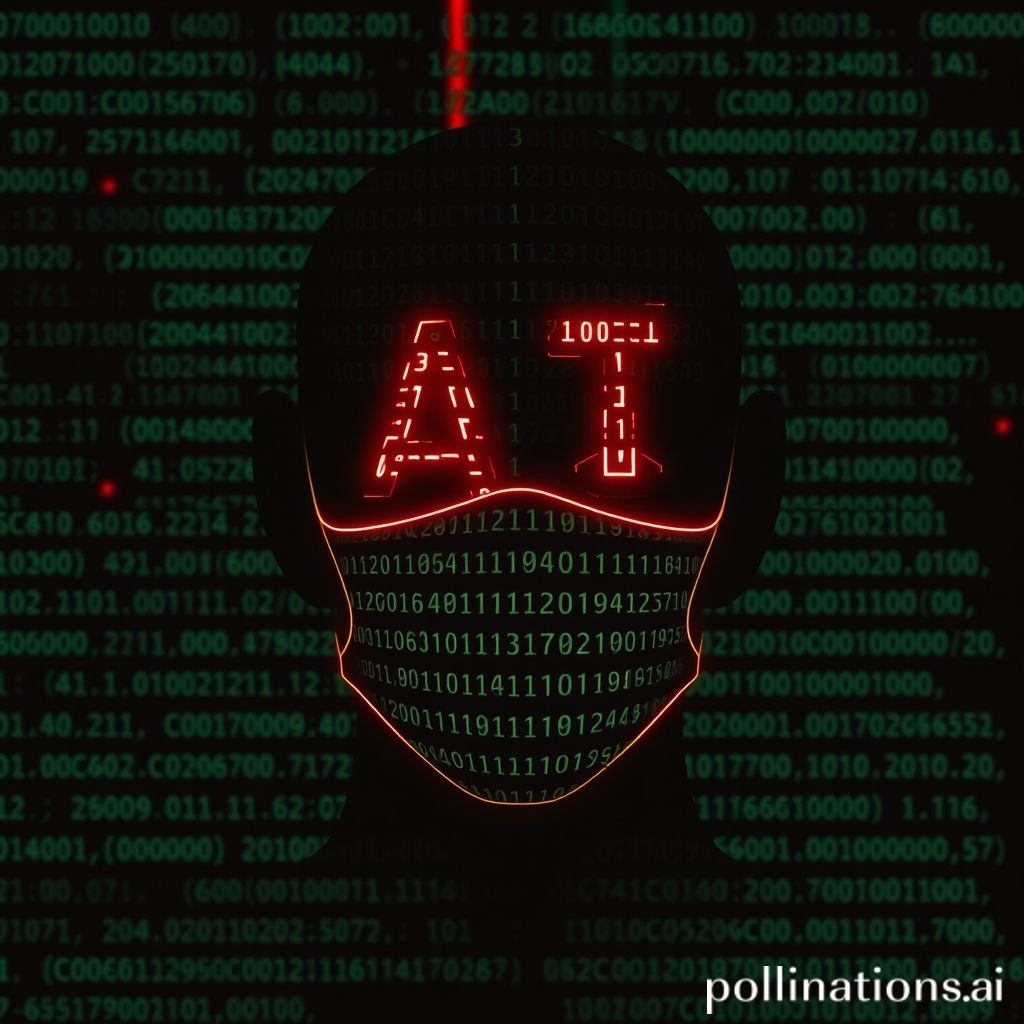Table of Contents
- Introduction
- Understanding Turnitin’s capabilities
- Detection of AI-generated content
- Challenges in identifying AI writing
- Evolution of plagiarism detection tools
- Ethical considerations in AI content detection
- Conclusion
- Frequently Asked Questions
Introduction
Are you curious about whether the notorious Turnitin can detect AI-generated writing? The realm of academic integrity is constantly evolving, prompting the need for tools that can keep up with the latest trends in content creation. As artificial intelligence becomes more sophisticated, concerns have been raised about its potential to outsmart plagiarism detection software.
Join us on a journey to unmask the code behind Turnitin and explore the question: can it truly distinguish between human-crafted content and AI-generated text? Dive into the depths of this intriguing debate as we dissect the mechanisms at play and unveil the inner workings of this renowned tool.
Prepare to challenge your perceptions and delve into the fascinating intersection of technology and academic honesty. The answer may not be as clear-cut as it seems, so buckle up as we embark on this investigative quest!
Understanding Turnitin’s capabilities
Alright, picture this: you’ve just poured your heart and soul into writing this killer essay, and now you’re stressing about whether Turnitin can sniff out if you’ve used some fancy AI writing tool to help. Let’s dig into what Turnitin can really do, shall we?
So, Turnitin is like a detective on the hunt for any sneakiness in your paper. It’s got this massive database with tons of documents, from scholarly articles to student essays. When you submit your work, Turnitin scans it to see if any parts match up with stuff in its database. If it finds a match, it raises a red flag, hinting that there might be some funny business going on.
But here’s the kicker: Turnitin is good, but it’s not magical. It’s more of a bloodhound than a mind reader. While it’s pretty savvy at catching copied content and common plagiarism tricks, it’s not Sherlock Holmes-level smart. So, if you’re using an AI tool to write your essays, Turnitin might raise an eyebrow, but it won’t bust you on the spot.
Detection of AI-generated content
Ah, the infamous question of whether Turnitin can sniff out those sneaky AI writers! Picture this: you’re a student, pondering whether your AI-generated masterpiece will slide past the watchful eyes of Turnitin. Well, let me just say, Turnitin is like a clever detective, sniffing out even the most disguised AI scribbles. It’s got an eagle eye for spotting those funky patterns that AI tends to leave behind, like a digital footprint of sorts.
Now, don’t get me wrong, AI is a wild beast of innovation, but when it comes to facing off with Turnitin, it’s like pitting a hummingbird against a hawk – no contest! Turnitin’s algorithms are as sharp as a tack, catching even the faintest whiff of AI shenanigans. It’s like a tech-savvy bloodhound on the trail of a scent, zeroing in on any funny business faster than you can say ‘plagiarism’.
So, if you’re thinking of pulling a fast one with AI-generated content, my friend, think again. Turnitin doesn’t miss a beat, and you’ll be caught red-handed faster than you can say ‘oops’!
Challenges in identifying AI writing
Well, trying to spot AI writing is like looking for a needle in a haystack! It’s a real head-scratcher because these sneaky AIs can mimic human scribbles so well. Just the other day, a teacher thought a piece was written by a student, but nope, it was our AI friend spinning words like a pro! It’s like trying to catch a cat in a dark room – nearly impossible! Sometimes these AI whizzes can even outsmart the smartest tools like Turnitin. It’s a real magical act, like a fox in a henhouse – all sly and cunning!
But get this – there are some telltale signs that can tip you off. Like when the writing is too perfect, not a hair out of place, it rings those alarm bells! It’s like catching a cold – you can feel it coming but can’t stop it! Or when the tone suddenly switches gears from casual to scholarly in the blink of an eye – that’s a dead giveaway! It’s like a chameleon changing colors right before your eyes!
Evolution of plagiarism detection tools
Back in the day, plagiarism detection was like navigating a maze blindfolded. Professors had to rely on their gut feelings, intuitions, and the occasional Sherlock Holmes vibes to catch suspicious activities. It was risky business, let me tell you! But then, like a beacon shining in the dark night, advanced tech stepped onto the scene in the form of plagiarism detection tools.
These tools are like the hidden detectives in our midst, silently observing, scrutinizing, and revealing any funny business going on in the world of academic writing. Just when you thought you could outsmart the system, bam! They catch you red-handed.
From the early days of basic software to the AI-powered wizards of today, these tools have evolved faster than a chameleon changes colors. They can spot copied content faster than you can say ‘Abracadabra!’ It’s like having a super-sleuth on your side, ensuring that honesty and originality prevail in the realm of academia.
Ethical considerations in AI content detection
When diving into the murky waters of AI content detection, ethical considerations loom large like a shadow on a sunny day. Picture this: a student toiling away on an assignment, pouring heart, soul, and the occasional midnight oil into their work, only for a cold, calculating AI to swoop in and cast doubt on its authenticity. It’s like a detective sniffing out clues, Sherlock Holmes style, but with bits and bytes instead of magnifying glasses.
There’s a sense of unease, a questioning of privacy and fairness. Is it right for AI to play judge and jury over originality, or should we tip-toe around Pandora’s box of plagiarism detection? It’s a modern-day dilemma, a tale as old as time but with a tech twist.
As we navigate this brave new world, ponder the consequences of relying too heavily on AI as a moral compass. Will it lead us to the promised land of academic integrity, or down a rabbit hole of mistrust and skepticism? Only time will tell.
Conclusion
Utilizing advanced tools like WPHorde is crucial in staying ahead in the game. Those who do not embrace such tools risk falling behind in the ever-evolving landscape of academic integrity and plagiarism detection. Stay proactive, stay ahead – embrace WPHorde today!

